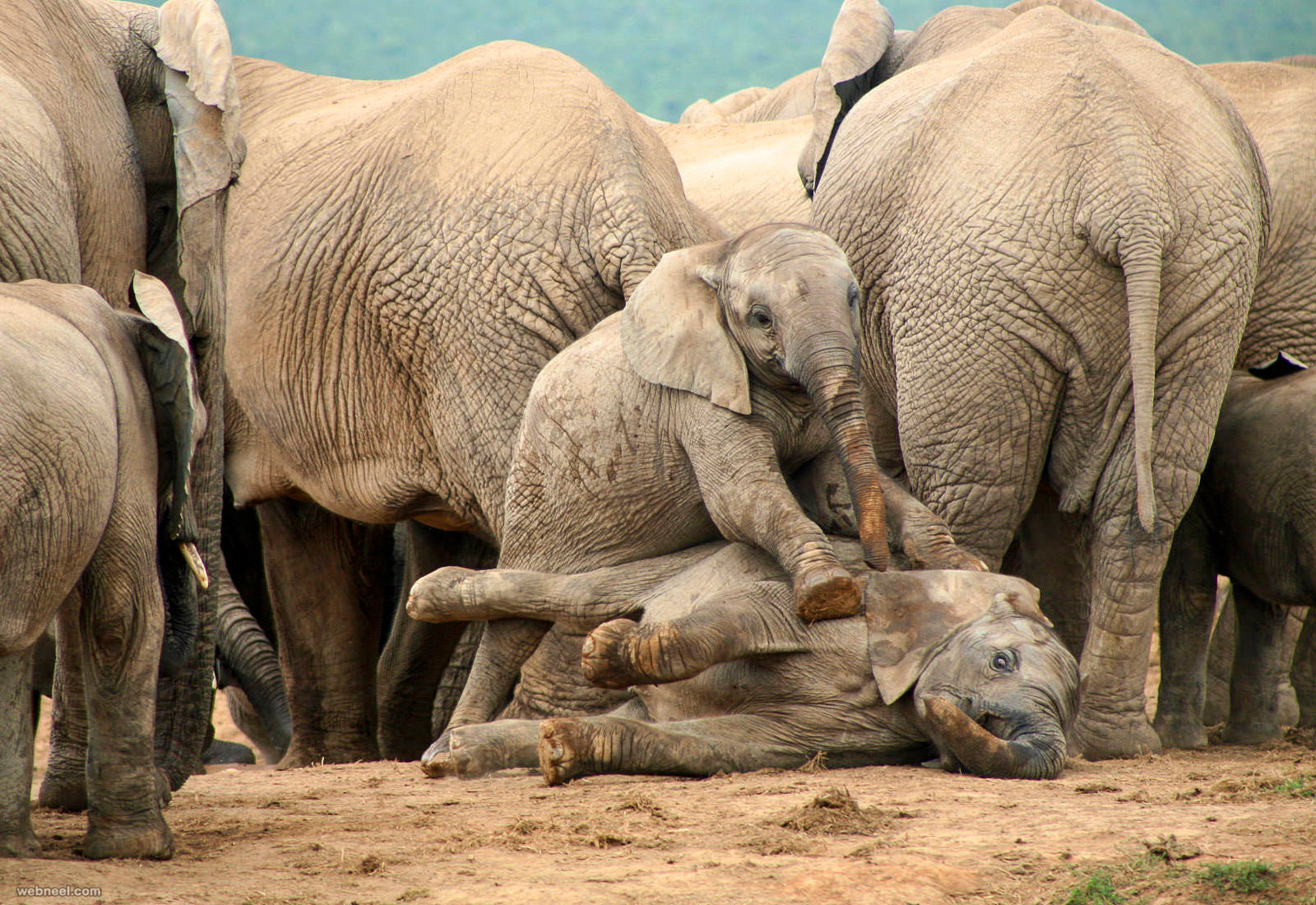Wildlife Wonders: A Comprehensive Photography Choice Guide for Animal Lovers
As for animal lovers and budding photographers, capturing the awe and spirit of nature's creatures is a satisfying pursuit that connects us with the natural world. A stunning photograph can narrate a story, evoke emotions, and inspire conservation efforts. Nonetheless, selecting the best camera for animal photography can be a daunting task, especially with the plethora of options out there in the market today. Understanding your requirements, the types of animals you want to capture, and the settings you'll be shooting in can significantly affect your decision.
In this manual, we will explore the crucial factors to consider when choosing a camera for animal photography. From the importance of focal length and autofocus capabilities to the advantages of various sensor technologies, we will help you explore the world of cameras, making sure that you find the right fit for your animal excursions. Whether you are a beginner or looking to upgrade your gear, this comprehensive selection guide will equip you with the information required to make educated decisions and elevate your wildlife photography journey.
Essential Camera Features for Wildlife Photography
As you selecting a camera for wildlife photography, fast autofocus is vital. Wildlife is often erratic, and you need a camera that can swiftly lock onto moving subjects. Look for cameras with sophisticated autofocus systems that provide multiple focus points and speedy tracking capabilities. Mirrorless cameras tend to excel in this area, delivering fast and precise focusing that can capture the ideal moment as it unfolds in front of you.
Another crucial feature is the camera's continuous shooting capability. Wildlife photography often requires capturing rapid movements, such as a bird flying away or a deer jumping through the forest. A camera that can shoot a high number of frames per second enables you to snap multiple shots in swift succession, increasing the chances of getting that perfect image. This feature is notably important for capturing movement shots and transient moments that are typical of animal behavior.

Finally, consider the camera's sensor dimensions and performance in low light. Larger sensors usually capture more light, which is helpful for shooting in varying lighting conditions often encountered in wildlife settings. A camera equipped with a large format or crop sensor sensor can provide higher image quality and noise control in dusk and dawn situations, such as early morning and dusk. This permits for more defined and more colorful images of animals in their wild habitats, where lighting can be inconsistent.
Top Camera Recommendations for Novices to Aficionados
For novices venturing into animal photography, a great option is the Canon EOS T7. This digital camera offers a simple interface, allowing amateurs to easily adjust settings while providing remarkable image quality. With its 24.1 MP sensor and built-in Wi-Fi, capturing and sharing stunning wildlife images becomes easy. The wide variety of compatible lenses means that as skills improve, individuals can enhance their equipment without having to a completely different camera.
As individuals gain skill, the Nikon Z 50 emerges as an excellent choice for those looking for more enhanced features without breaking the bank. This compact camera boasts a 20.9 MP sensor sensor and superior autofocus features, making it suitable for quick animals. Its compact design makes it highly portable, perfect for extensive walks in search of wildlife. Furthermore, the Z50's 4K video recording allows users to capture breathtaking moments in action.
For experienced experts, the Canon 1D X Mark III stands out in the realm of high-end animal photography. This elite DSLR is designed for performance and durability, featuring a 20.1 MP sensor and the ability to shoot at 16 fps speed. Its advanced autofocus system excels in capturing moving subjects, which is crucial for capturing elusive wildlife. While it comes with a higher price tag, the exceptional performance and image quality make it a valuable investment for those committed about their craft.
Guidance for Capturing Stunning Animal Photographs
To take amazing wildlife images, time is crucial. Animals frequently have unpredictable patterns, and waiting quietly for the right moment can yield extraordinary results. Spend camtura.com monitoring your subjects, allowing them to familiarize to your appearance. This can result in increased authentic and engaging photographs. An awareness of animal behavior will assist you predict actions and take action shots that convey the aesthetic and essence of the wildlife.
Consider the time of day when organizing your shooting timings. The golden hours, shortly after sunrise and before sunset, provide mellow, diffused light that enhances the tones and details in your images. During these hours, you can steer clear of harsh contrasts and create more images of the animals. Additionally, the lower light levels can inspire animals to be more active, giving you numerous moments to photograph them in motion.
Lastly, invest in a high-quality lens appropriate for wildlife photography. A telephoto lens allows you to capture from a further away without scaring the animals, while keeping them captured beautifully in your images. Look for lenses with a fast aperture to help achieve nice bokeh effects and faster shutter speeds to freeze motion. Alongside with a firm tripod or a gimbal, your opportunities of capturing breathtaking wildlife photographs will greatly increase.